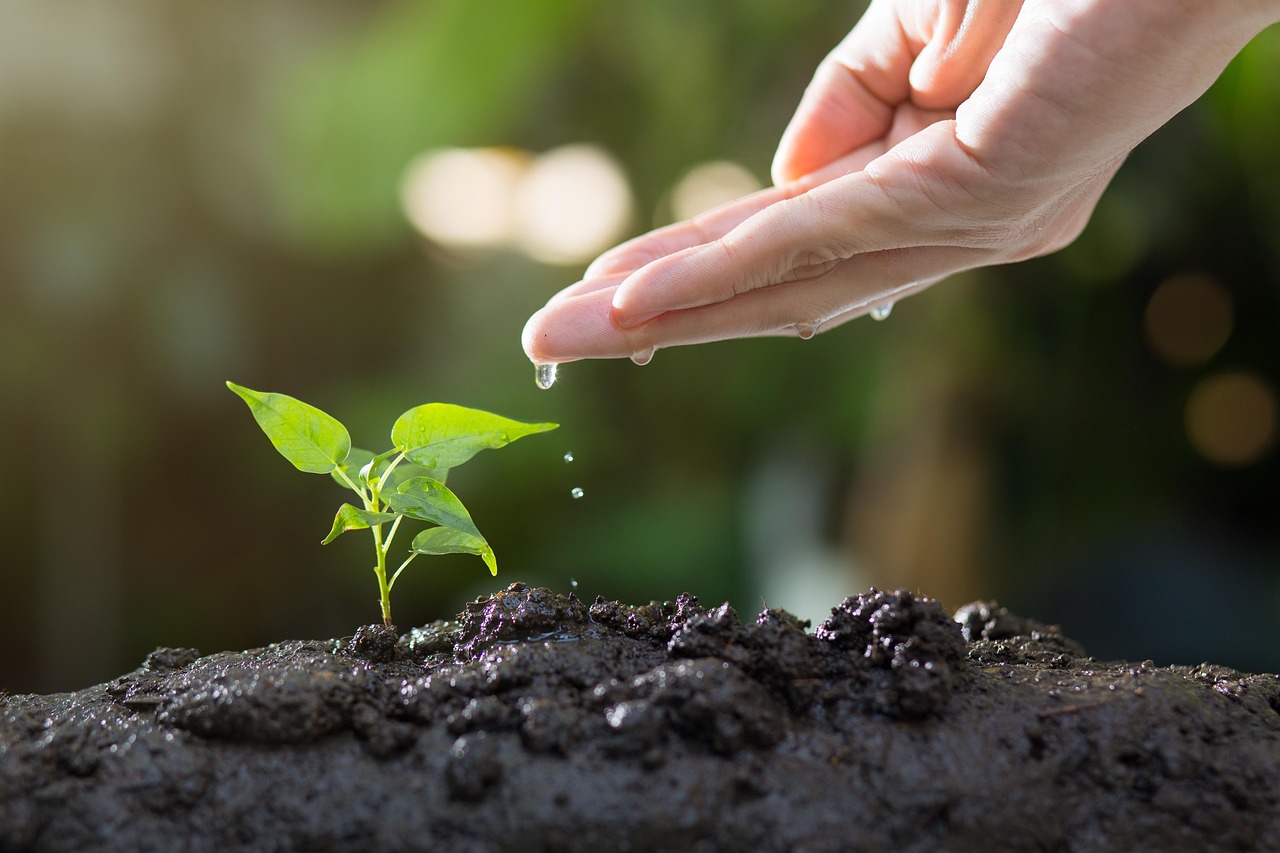Efficient irrigation setups that cut water waste
Efficient irrigation reduces water waste by matching supply to plant needs, improving soil health, and curbing runoff. This article outlines practical irrigation strategies for landscaping and gardening, explains how mulching, native plants, and permaculture principles support water savings, and highlights techniques suitable for containers and larger beds.

Water-wise irrigation begins with observing how water moves through your landscape and how plants use it. In many gardens and public landscaping projects, losses occur because systems apply water uniformly rather than where roots need it most. A practical approach prioritizes soil health, plant choice, and delivery methods that reduce evaporation and runoff. This article covers system types and design choices that conserve water while supporting biodiversity and sustainability in gardens, containers, and larger landscapes.
How can irrigation systems reduce water waste?
Irrigation systems that reduce waste target the root zone and avoid overwatering. Drip irrigation and soaker hoses deliver slow, consistent moisture directly to plant roots, limiting evaporation common with overhead sprinkler systems. Proper zoning helps match irrigation schedules to plant needs—lawns, native plants, and vegetable beds often require different frequencies. Sensors and simple soil probes also help: they indicate when soil moisture has dropped enough to warrant watering, improving soil health and reducing unnecessary cycles.
What role does xeriscaping play in conserving water?
Xeriscaping is a landscaping approach that emphasizes drought-tolerant species, efficient irrigation, and mulching to reduce water demand. Selecting native plants adapted to local climates lowers the irrigation burden and supports pollinators and biodiversity. Thoughtful plant groupings—based on water needs—allow irrigation zones to run only where necessary. Xeriscaping also considers hardscaping elements that reduce planted area and runoff while maintaining aesthetic and functional value.
How does mulching help with irrigation efficiency?
Mulching reduces surface evaporation, moderates soil temperature, and suppresses weeds that compete for moisture. Organic mulches contribute to soil health by breaking down and improving soil structure, which enhances water retention. A 2–4 inch layer around beds and containers preserves moisture between irrigation events and reduces the frequency and duration of watering. Mulching pairs effectively with drip systems, shielding emitters from sun and wind while providing gradual moisture release to roots.
How can permaculture principles improve irrigation design?
Permaculture encourages working with natural patterns—contours, microclimates, and soil biology—to retain water in the landscape. Techniques like swales, mulched basins, and strategic placement of productive beds minimize runoff and maximize infiltration. Composting boosts soil organic matter, increasing water-holding capacity and plant resilience during dry spells. Designing for layered planting (trees, shrubs, groundcovers) creates microclimates that reduce evaporation and the need for frequent irrigation.
How to support pollinators while saving water?
Choosing nectar-rich native plants that thrive in local conditions provides habitat for pollinators and typically reduces irrigation needs. Grouping these plants in zones with similar water requirements makes delivery more efficient and avoids waste. Container plantings can be managed with self-watering inserts or efficient drip lines, ensuring pollinator-friendly flowers stay healthy without excess watering. Sustainable practices enhance biodiversity while aligning with water-saving goals.
How do hardscaping and runoff control fit into efficient irrigation?
Hardscaping—paths, terraces, permeable pavements—can direct and slow water flow, reducing runoff and allowing more infiltration into planted areas. Incorporating rain gardens, bioswales, and permeable paving captures stormwater for later use by plants. Proper grading and gutters that feed storage or infiltration features prevent loss of precious water. These strategies complement irrigation systems by reducing the overall demand for supplemental watering and supporting sustainability objectives.
Irrigation choices should always consider local conditions: soil type, climate, and plant selection determine how much and how often to water. Maintenance matters—flushing lines, checking emitters, and repairing leaks prevent significant losses. In containers, focus on soil mixes with good structure and use targeted irrigation; in larger beds, combine drip lines, mulches, and sensible plant palettes. By integrating composting, native plants, mulching, and smart hardscaping, gardeners and landscapers can cut water waste while promoting soil health and biodiversity.
Efficient irrigation is a systems approach that blends technology, design, and ecology. Whether updating a small balcony with containers or redesigning a public landscape, prioritize root-focused delivery, groupings by water need, and measures to retain and reuse water on site. These steps reduce runoff, protect local water resources, and create resilient outdoor spaces that support pollinators and other wildlife while keeping maintenance and water use in balance.





